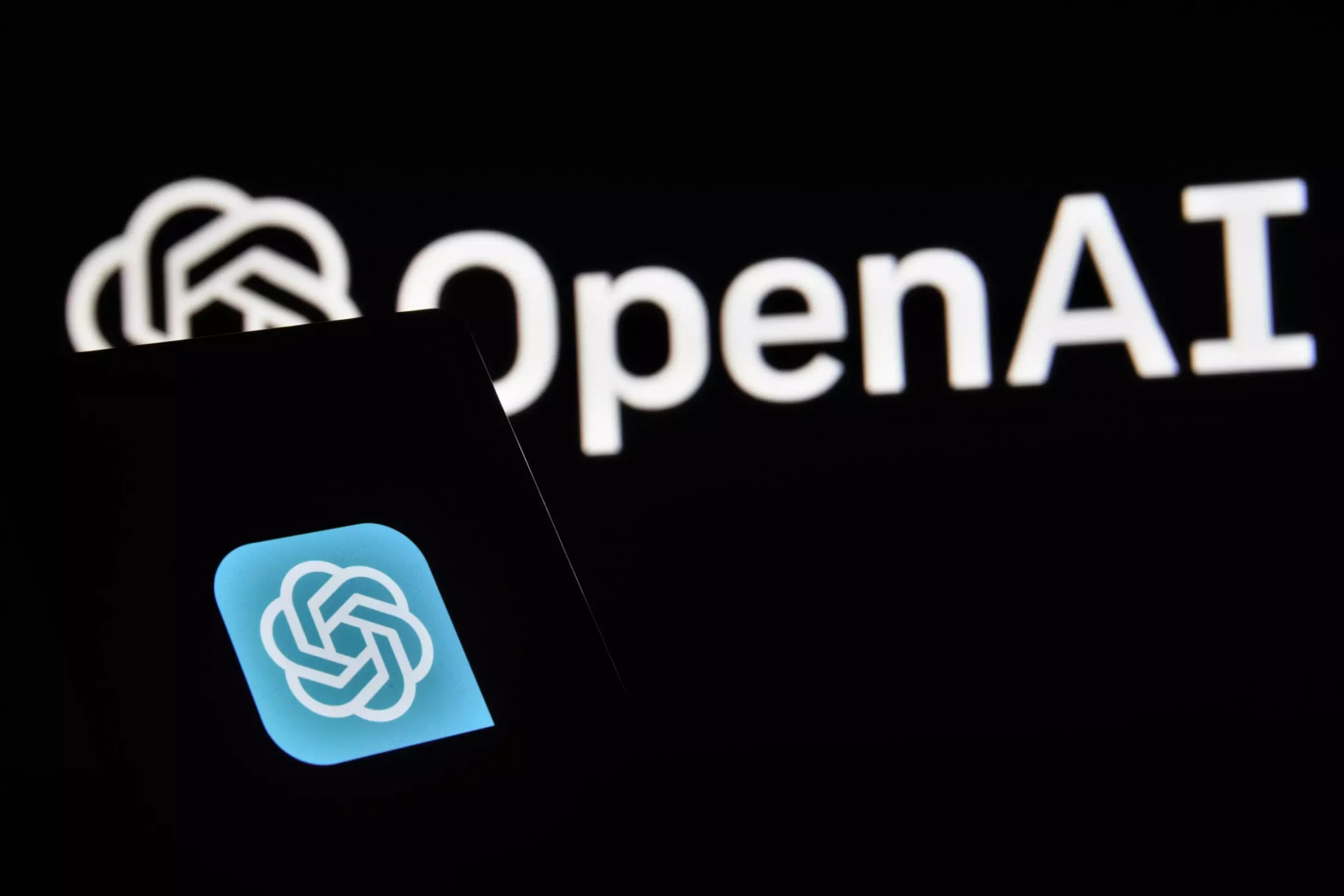Artificial Intelligence (AI) is reshaping the modern landscape, introducing a plethora of opportunities and challenges. As technology evolves, its influence permeates various sectors, from health and education to retail. While AI has the potential to enhance productivity and drive wages upward by optimizing processes and utilizing untapped data, it simultaneously raises significant concerns about privacy, security, and employment. Understanding this dual nature of AI is crucial for both policymakers and society as a whole.
The Promise of AI in Enhancing Efficiency
AI systems, driven by sophisticated algorithms and vast datasets, can fundamentally transform the way businesses operate. In service industries like retail and healthcare, AI facilitates personalized experiences and improves operational efficiencies. The automation of repetitive tasks allows human workers to focus on higher-level functions, potentially leading to job enrichment and better job satisfaction. Moreover, with advancements such as OpenAI’s new models capable of complex reasoning, the capacity for AI to augment human capabilities appears boundless.
However, the elevation of productivity and innovation naturally brings with it a complex web of challenges that must not be overlooked. The rapid integration of AI tools can outpace regulatory frameworks intended to govern their use, leaving a gap that could have dire consequences for individuals and businesses alike.
The proliferation of AI brings forth a spectrum of risks that society must confront. Issues like deepfakes can undermine trust in media, while the potential for privacy violations through data misuse raises ethical dilemmas that threaten individual autonomy. Additionally, algorithmic bias can lead to unfair outcomes in critical areas such as hiring and law enforcement. There is also the looming threat of widespread job displacement as AI continues to evolve and automate tasks across diverse sectors.
Given these challenges, the call for AI-specific regulations has gained traction. Many argue that creating a dedicated regulatory framework is essential to address the unique problems posed by AI technologies. Yet, this notion merits critical examination.
Revisiting Regulatory Approaches
The crux of the argument against AI-specific regulations lies in the already existing laws that may effectively apply to these emerging technologies. Rather than formulating new regulations from scratch, a more pragmatic approach could involve enhancing and adapting current legal frameworks that protect consumers and maintain competition. This process would involve carefully scrutinizing existing regulations to ensure they remain relevant in the face of rapid technological advancement.
For example, consumer protection laws are designed to prevent misleading practices, and these principles can be applied to the realm of AI. The expertise of established regulatory bodies is invaluable in this process. Agencies such as the Competition and Consumer Commission and the Australian Information Commissioner have the ability to assess and clarify how AI interacts with existing laws, reinforcing consumer confidence and mitigating risk.
As AI technology continues to evolve, the international landscape plays a critical role in shaping regulatory frameworks. Countries like those in the European Union are already setting precedence with comprehensive AI regulations. It is imperative for Australia to align with these standards, not only to ensure compliance but also to maintain a competitive edge in a global marketplace.
Creating distinct Australian AI regulations could alienate developers and innovators who might seek opportunities in markets with more universally applicable rules. By collaborating with international bodies to influence the development of AI regulations, Australia can participate in shaping best practices while benefiting from existing frameworks established by other nations.
Finding the Balance: Safety Nets and Innovation
Ultimately, the goal should be a balanced approach that maximizes the benefits of AI while safeguarding against its risks. This entails recognizing that not all AI applications pose significant threats; many can provide valuable contributions to society without damaging outcomes. A cost-benefit analysis should be a foundational principle when determining the necessity of regulation, weighing potential risks against the societal advancements AI can offer.
Instead of commencing with a mindset geared toward invasive AI-specific regulations, we should explore and adapt our existing legal structures. Identifying where amendments are necessary provides a lucid and effective path forward. This strategy will not only fortify protections for consumers but will also nurture an environment conducive to the growth of AI technologies, ultimately allowing society to harness its full potential while remaining vigilant against its inherent risks.


Leave a Reply